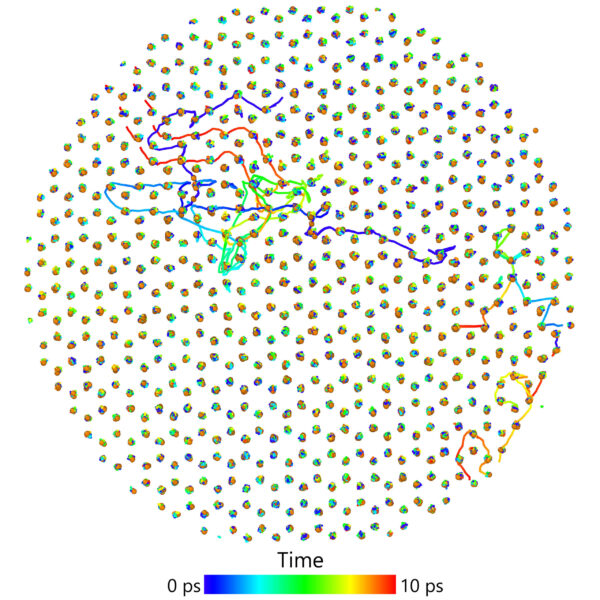2023-10-02 バーミンガム大学
◆この手法は、犯人の正確な特定を向上させ、誤った特定を減少させます。写真やビデオに比べて、正確性が大幅に向上し、誤った特定が減少する可能性があり、刑事捜査と法廷手続きにおいてより公正な結果をもたらす可能性があります。
<関連情報>
- https://www.birmingham.ac.uk/news/2023/not-the-usual-suspects-new-interactive-lineup-boosts-eyewitness-accuracy
- https://www.pnas.org/doi/full/10.1073/pnas.2301845120
目撃者が積極的に顔を探索し、並んでいる間に学習テストのポーズを復元できるようにすることで、識別可能性が向上する。 Enabling witnesses to actively explore faces and reinstate study-test pose during a lineup increases discriminability
Marlene Meyer, Melissa F. Colloff, Tia C. Bennett, Edward Hirata, Amelia Kohl, Laura M. Stevens, Harriet M. J. Smith, Tobias Staudigl, and Heather D. Flowe
Proceedings of the National Academy of Sciences Published:October 2, 2023
DOI:https://doi.org/10.1073/pnas.2301845120

Significance
Incorrect lineup identification decisions have devastating consequences on the wrongfully accused and for society when guilty perpetrators remain at large. This paper heeds the call by the National Academy of Sciences to utilize technology to increase correct identifications and minimize incorrect identifications. We found that the simultaneous interactive lineup procedure, which allows witnesses to actively explore the lineup members’ faces, increases discriminability compared to traditionally used video and simultaneous photo lineups. Interactive lineups were beneficial regardless of perpetrator encoding viewpoint (i.e., front or profile). In the real world, eyewitnesses may view a perpetrator from multiple perspectives. The interactive procedure allows witnesses to adjust face viewpoints to match their memory of the crime, which may be beneficial for memory retrieval.
Abstract
Accurate witness identification is a cornerstone of police inquiries and national security investigations. However, witnesses can make errors. We experimentally tested whether an interactive lineup, a recently introduced procedure that enables witnesses to dynamically view and explore faces from different angles, improves the rate at which witnesses identify guilty over innocent suspects compared to procedures traditionally used by law enforcement. Participants encoded 12 target faces, either from the front or in profile view, and then attempted to identify the targets from 12 lineups, half of which were target present and the other half target absent. Participants were randomly assigned to a lineup condition: simultaneous interactive, simultaneous photo, or sequential video. In the front-encoding and profile-encoding conditions, Receiver Operating Characteristics analysis indicated that discriminability was higher in interactive compared to both photo and video lineups, demonstrating the benefit of actively exploring the lineup members’ faces. Signal-detection modeling suggested interactive lineups increase discriminability because they afford the witness the opportunity to view more diagnostic features such that the nondiagnostic features play a proportionally lesser role. These findings suggest that eyewitness errors can be reduced using interactive lineups because they create retrieval conditions that enable witnesses to actively explore faces and more effectively sample features.



